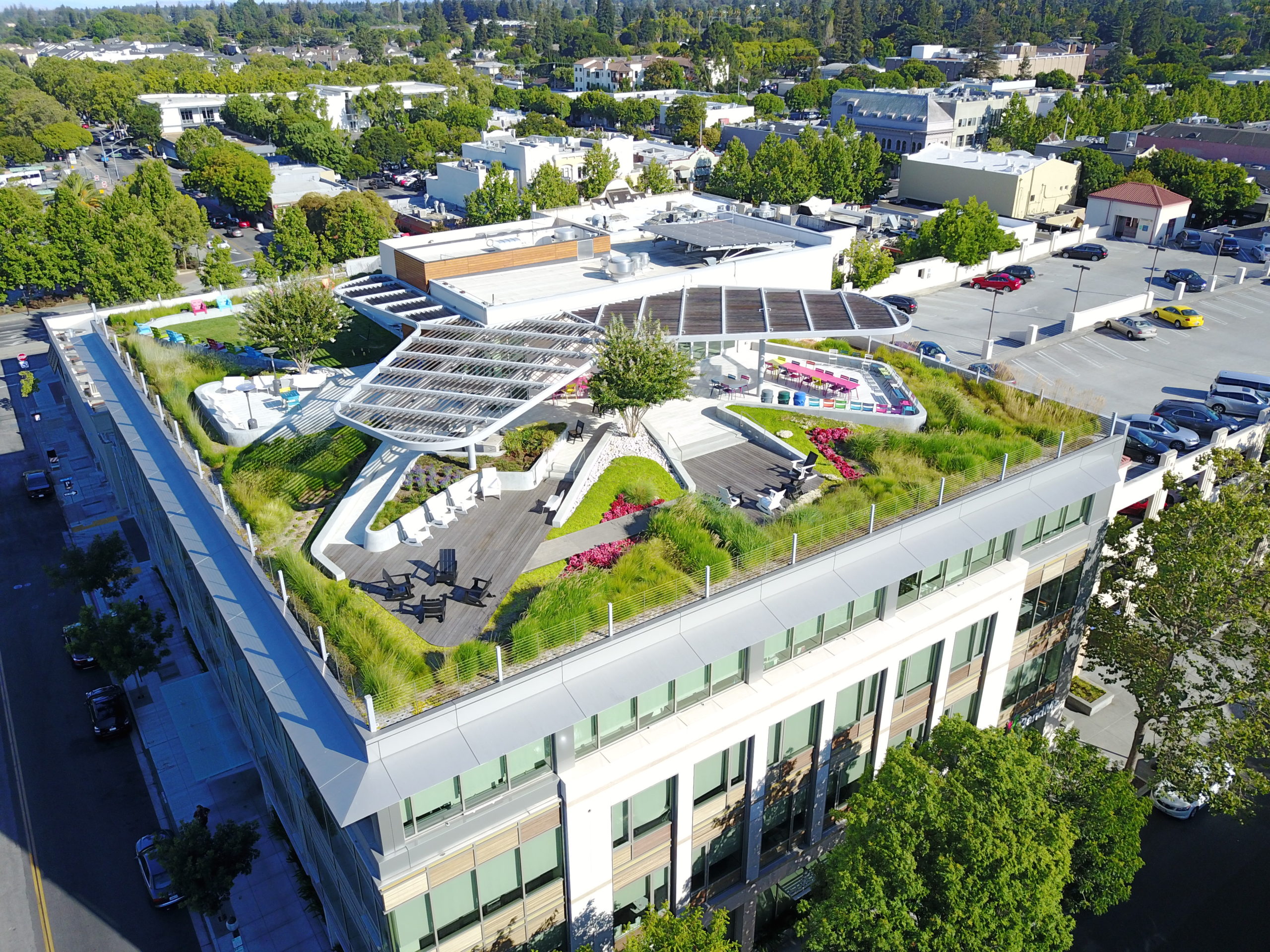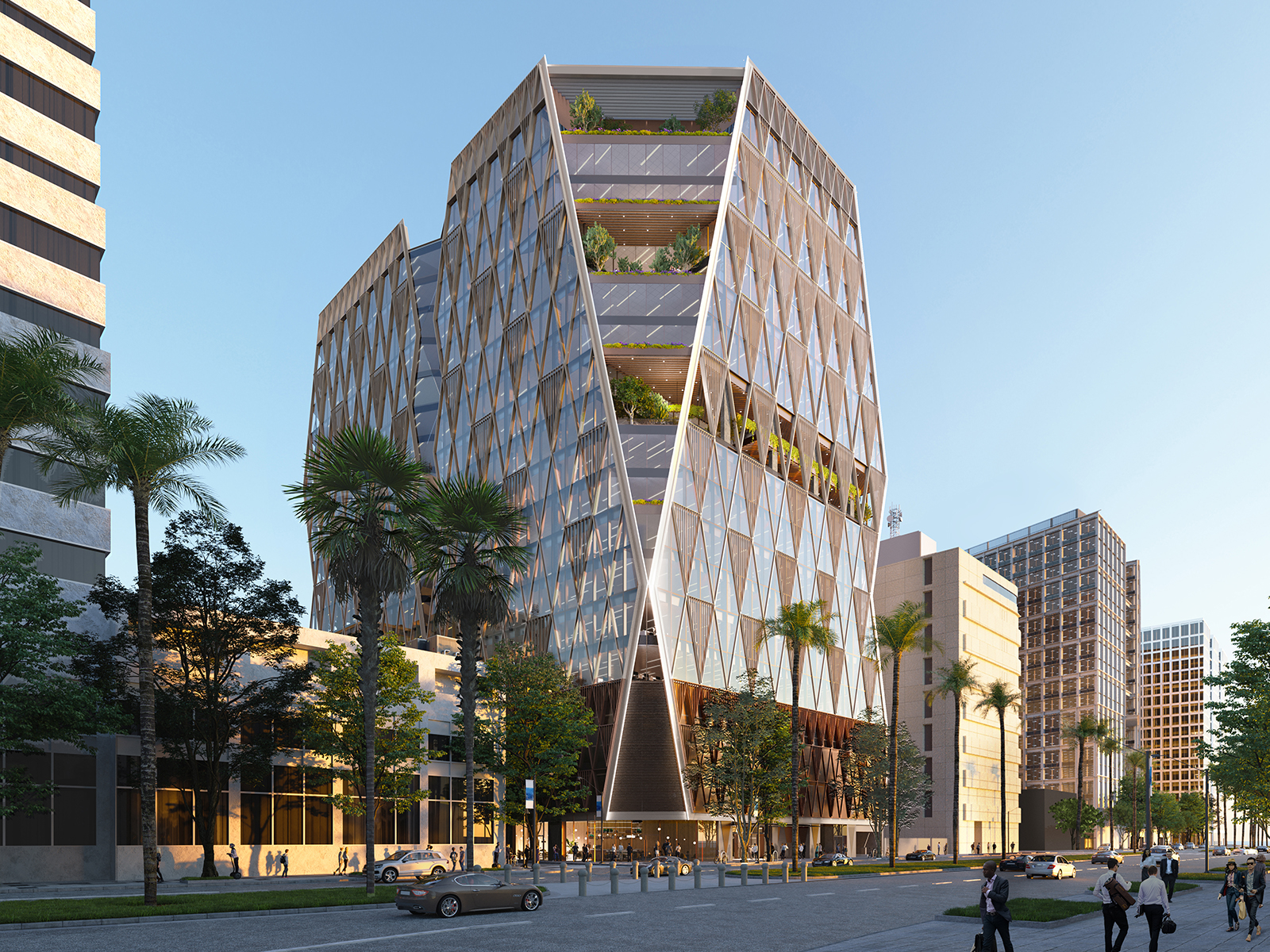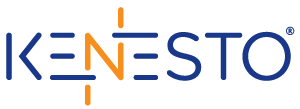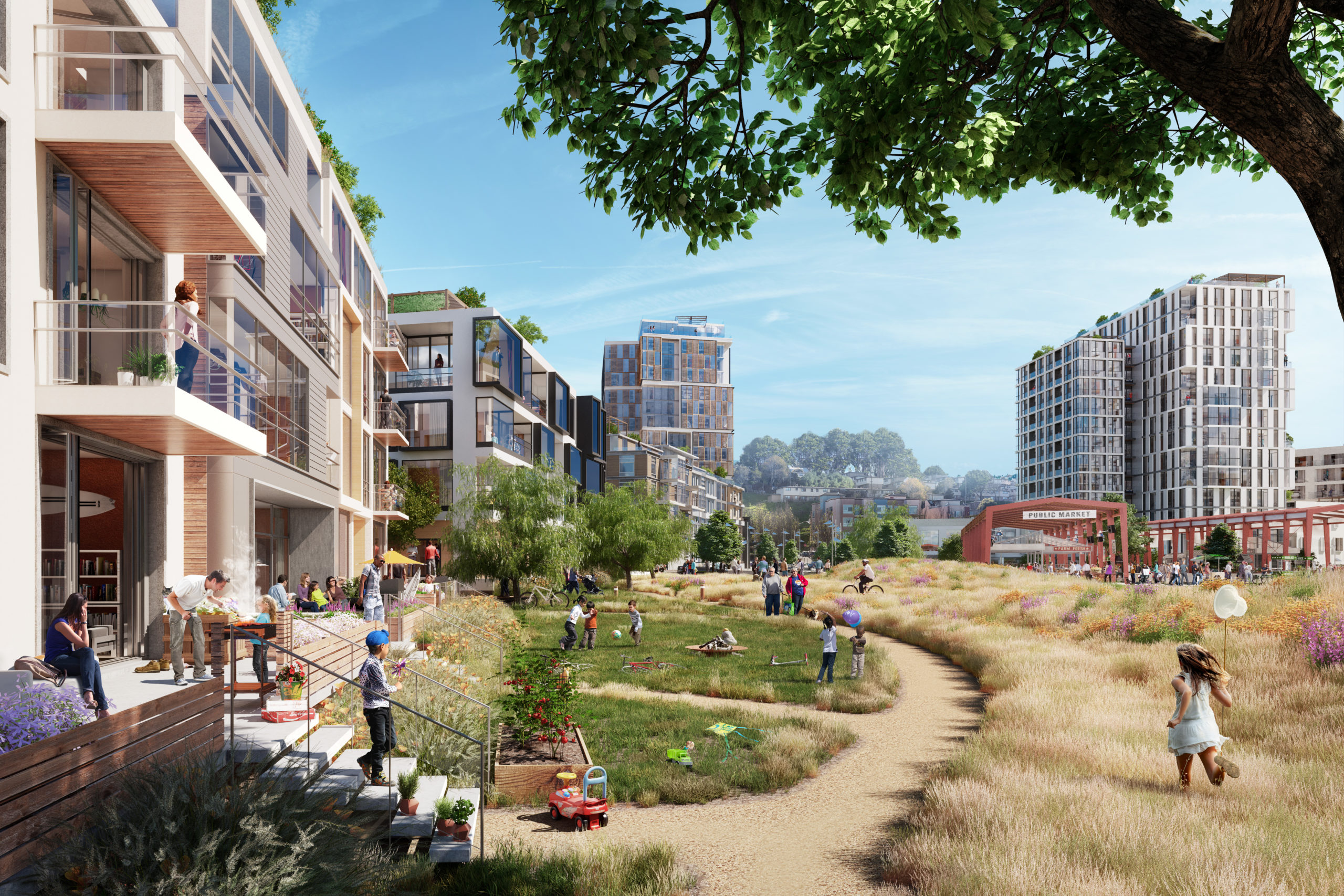Bionic Invests in Digital Infrastructure to Support Secure, Remote Collaboration…
Headquartered in San Francisco, Bionic Landscape Inc. is a 12-person firm providing landscape architecture, urban planning and design services. The Covid 19 pandemic of 2020 and its restrictions, meant that Bionic’s design work and collaboration needed to be executed remotely from home-based offices. Senior associate and project manager Karthik Kumar was tasked with finding the right infrastructure to support Bionic’s collaborative design for these workflows.
The Bionic team employs a range of tools including Rhino (and Grasshopper) for modeling, the Adobe suite, and AutoCAD for documentation, and a host of project management and collaboration software. Bionic also supports Revit. One of the central issues was how to manage potential conflicts resulting from multiple team members working on shared files and file systems. Simply put, how do users stay aware of who is working on which files, and how do you avoid overwriting your team member’s work? And how does one provide this essential capability, (standard to a physical server) via a remote cloud- based application, without breaking the bank. Karthik understood early on in his research, that simple cloud storage solutions do not offer this capability.
India Basin, San Francisco, CA.
Following two months of research, Bionic elected to proceed with Kenesto’s document management solution to migrate the company’s design environment to the cloud. Kenesto’s fast file locking and secure control were important features to have in a cloud-based server solution and are central to allowing multiple users to collaborate without overwriting each other’s work.
Karthik says he was initially skeptical that Kenesto could deliver on the promise of secure data access at speeds comparable to a physical server and noted there was some testing and feedback required to iron out issues in the beginning of the implementation. However, the company has gradually transferred most of its server data and library to Kenesto, and employees access and work across project files using the K Drive. For Bionic, the K Drive is more useful than Kenesto web app as it provides simpler access and its interface is similar to Windows explorer. The web app is primarily used for administrative purposes. The company is executing its design work with teams in multiple west coast states. Karthik reports he’s very pleased with the responsive support and fast troubleshooting provided by Kenesto’s technical support, and development team’s releases of regular upgrades based on Bionic feedback.. He says the Kenesto team makes an effort to understand and align and upgrade their software to Bionic’s design workflow.

Tech Deck, Mountain View, CA
Post Pandemic Plans?
When asked about the company’s plans post-pandemic, Karthik says Bionic is rethinking the nature of their physical office space now that their remote capacities are stronger. Currently the company plans to stay the course with cloud-based infrastructure, which eliminates the requirement for physical server space and associated infrastructure and management.

50 Almaden Tower, San Jose, CA
Advice to Kenesto’s Prospects
Karthik’s advice to prospective Kenesto customers, is to invest in high-speed personal internet and hardware for their employees to allow for smooth interfacing and file transfers over cloud-based infrastructure. As projects get larger, working and saving larger files (over 100 mb) on the cloud will benefit from faster download speeds.

